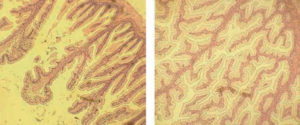
Nucleotide supplementation improves survival, production of white shrimp, tilapia in trials
Several trials in Ecuador and Thailand showed that nucleotide supplementation in feed can improve growth and survival in shrimp and tilapia production.
Red abalone-breeding programs need to consider total weight rather than shell length when broodstock animals are selected.

Several trials in Ecuador and Thailand showed that nucleotide supplementation in feed can improve growth and survival in shrimp and tilapia production.
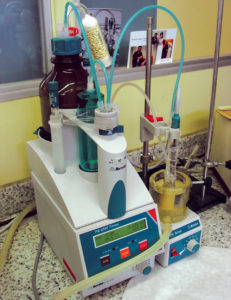
Shrimp diets need amino acid composition, balance and availability. Protein digestive capacity appears related to both nutrient availability and composition in feed.
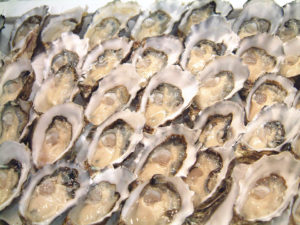
Oyster farming in South Australia has become a highly productive and sustainable venture. A quality-control program, new grading systems and government support can help increase oyster exports.
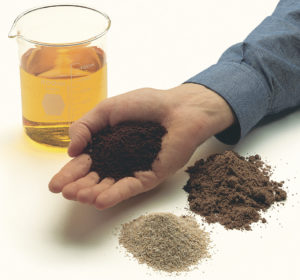
Rendered animal proteins present viable alternatives to fishmeal in aquafeeds. High digestible protein and energy contents make them cost-efficient in low-fishmeal formulations.
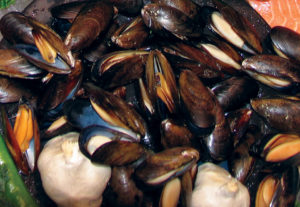
It is important to understand the distribution of pathogenic bacteria in the marine environment to predict potential health concerns transmitted by seafood.
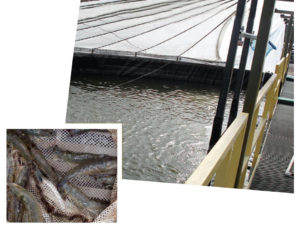
A super-intensive, commercial-scale RAS trial with Pacific white shrimp at Oceanic Institute achieved record production at a low cost and with low stocking densities.
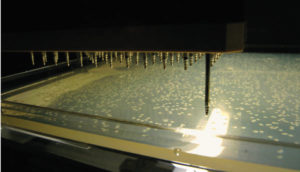
The addition of probiotic bacteria to marine larvae can reduce pathogenic bacteria and subsequent infection by establishing a protective flora on the mucosal surfaces of the larvae.
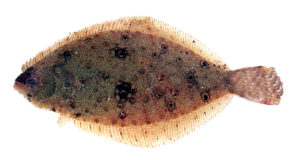
The Republic of Korea is by far the top global producer of olive flounder raised mainly in flow-through systems at land-based facilities on the coast.
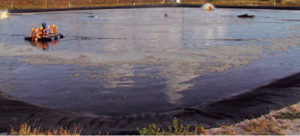
In a study, three probiotics applied to shrimp pond water throughout a culture period were not effective in preventing Vibrio harveyi outbreaks.
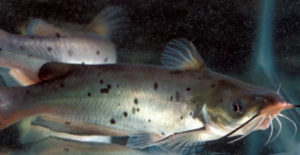
Stress hormone axes could be used as markers for selective breeding. Researchers see a negative correlation between weight gain and cortisol response to acute stress.
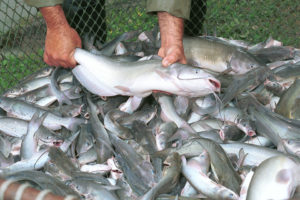
Although causes of pre-harvest off-flavors in catfish differ due to climate, water quality and pond hydrology, blue-green algae is a common culprit.
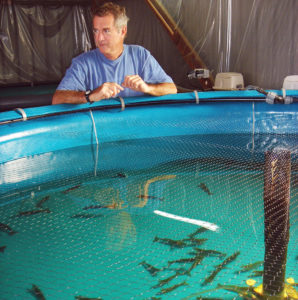
To improve the sustainability of their breeding programs, shrimp producers in New Caledonia established a program with certified SPF blue shrimp.
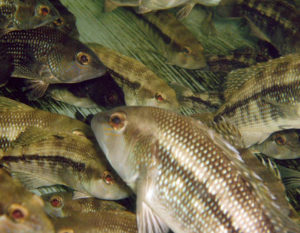
Studies at UNC-Wilmington found that growth and survival of black sea bass larvae were improved through supplementation of DHA and ARA in live feed.

Studies have identified changes in the quality parameters of farmed Atlantic salmon and wild salmon that reflect changes in the animals’ life cycles, diets and environments.
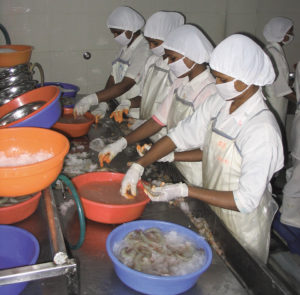
Occupational seafood allergies can manifest as asthma, rhinitis, conjunctivitis, urticaria, and dermatitis. Anaphylactic reactions have also been reported.